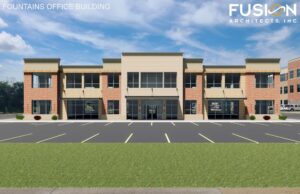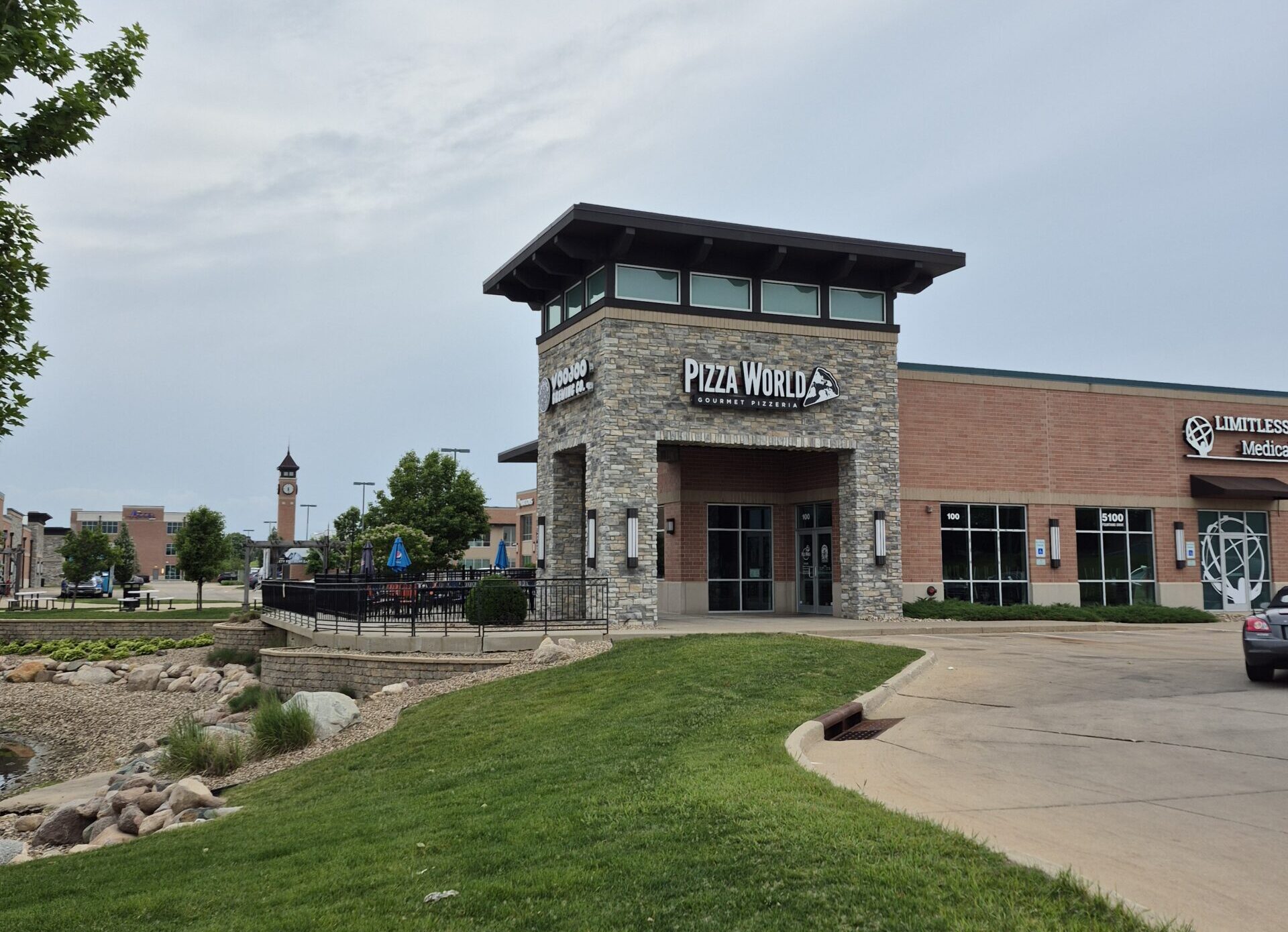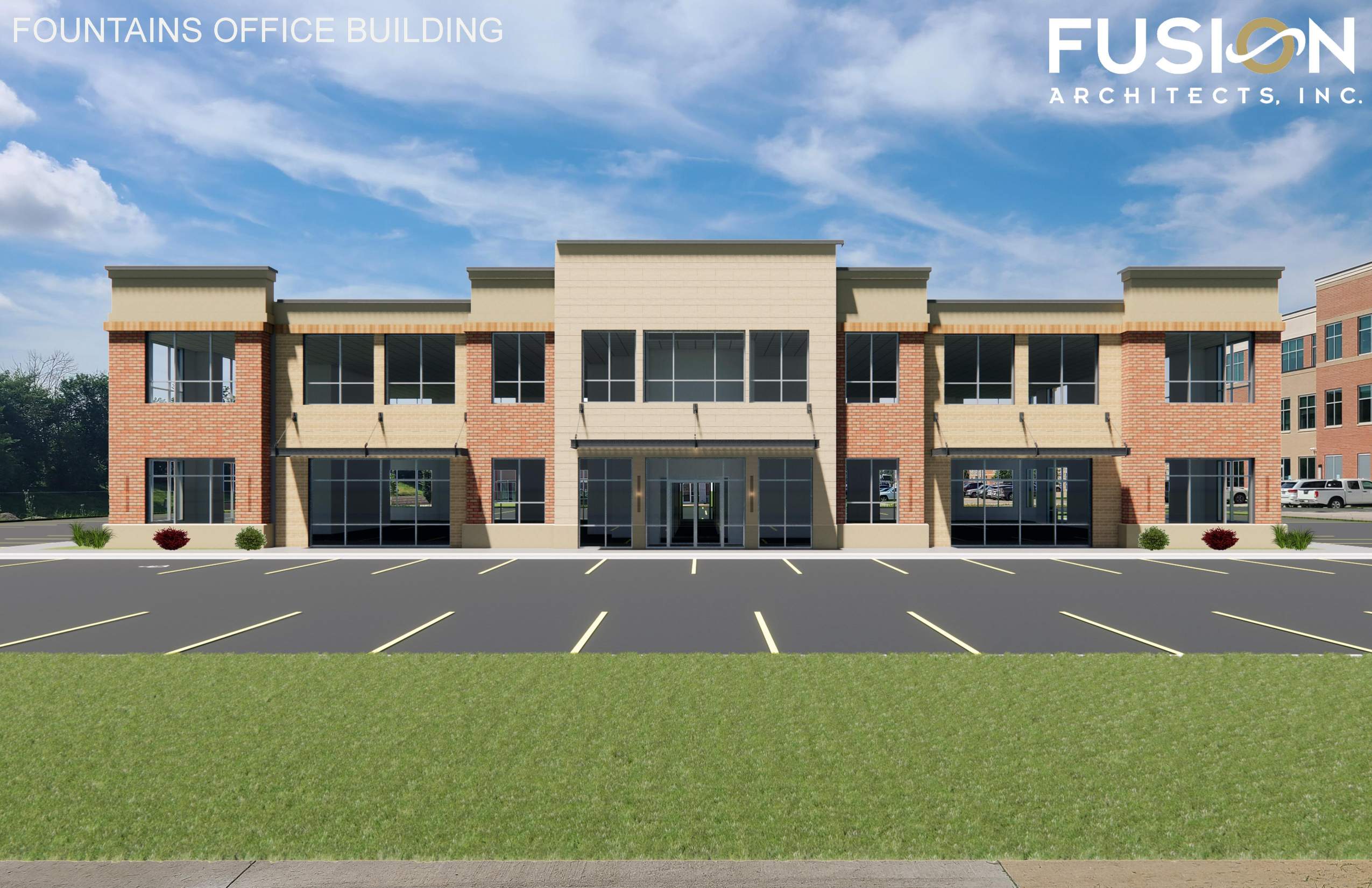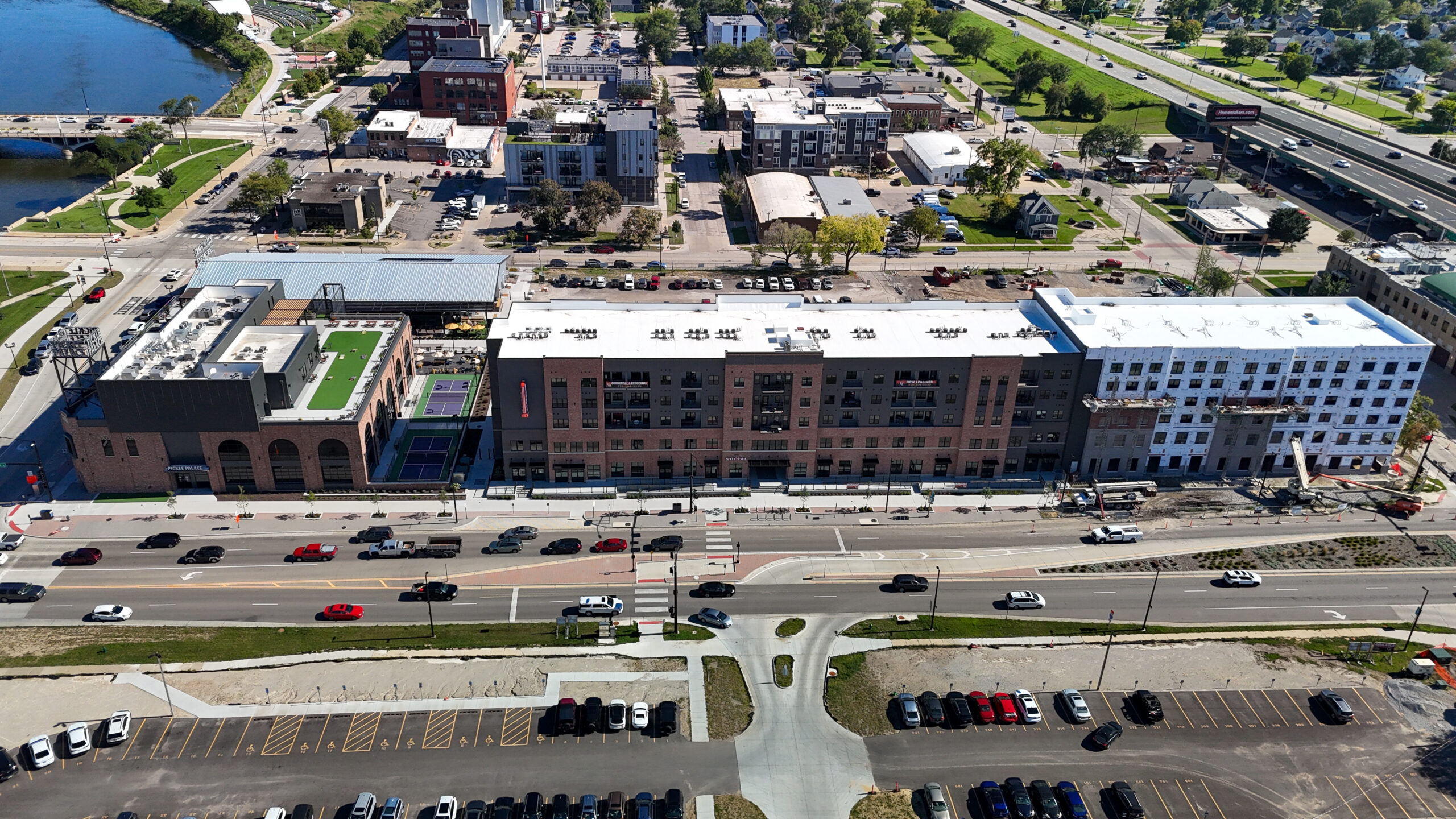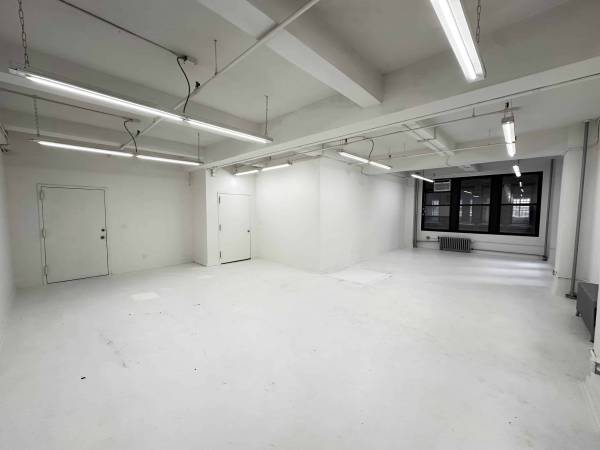A Tenant Improvement Allowance (TIA) is a common term used in commercial real estate leasing. It refers to the amount of money a landlord is willing to contribute towards the cost of renovating or customizing a commercial space to meet the specific needs of a tenant. The TIA is typically offered as an incentive to attract tenants and encourage them to sign a lease for the property.
When a business decides to lease a commercial space, it may need to modify the interior to suit its operational requirements. These modifications can include anything from simple cosmetic changes like painting and carpeting to more substantial alterations like installing walls, electrical systems, plumbing, and specialized infrastructure. The TIA helps offset some of the costs incurred by the tenant during these improvements.
The amount of the Tenant Improvement Allowance can vary widely and depends on several factors, such as:
Market conditions: The level of competition and the overall supply and demand situation in the commercial real estate market can influence the TIA amount.
Length of the lease: Longer lease terms may lead to higher TIA amounts as landlords are more likely to invest in tenants who commit to staying in the space for an extended period.
Tenant’s creditworthiness: Landlords may be more generous with their TIA for financially stable tenants with a strong credit history.
Tenant’s requirements: The complexity and scope of the tenant’s required improvements will also impact the TIA. Some businesses may only need minor changes, while others may require significant structural modifications.
It’s essential for both parties (landlord and tenant) to negotiate the TIA and include the details in the lease agreement. This way, there’s clarity on how the funds will be disbursed, what types of improvements are eligible, and any other specific terms or conditions related to the allowance. Typically, the TIA is provided as a reimbursement, meaning the tenant pays for the improvements upfront and then submits receipts or invoices to the landlord for reimbursement up to the agreed-upon allowance amount.
Overall, the Tenant Improvement Allowance is a valuable tool for both landlords and tenants as it helps attract tenants to commercial spaces and enables tenants to create a workspace that suits their operational needs without bearing the full financial burden.



